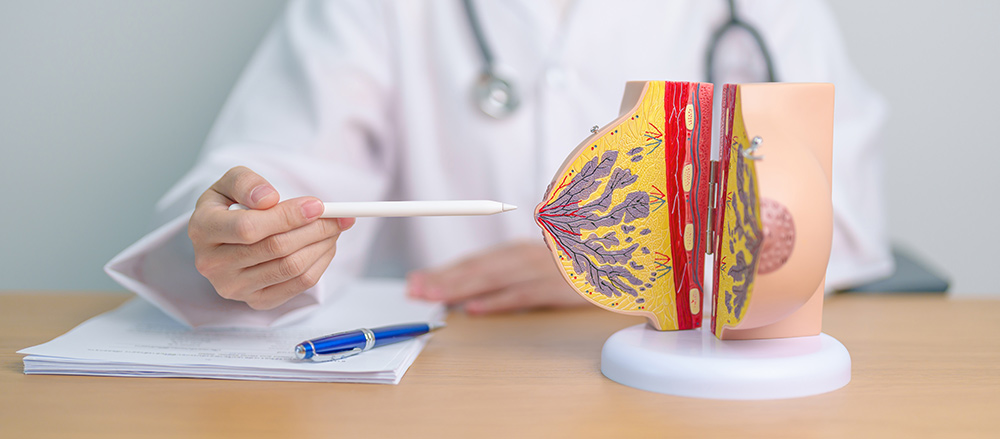
Do Breast Implants Affect Breastfeeding?
The ability to breastfeed successfully depends on several factors, including the surgical approach used during the breast augmentation procedure.1. Implant Placement
Breast implants can be placed either above or below the chest muscle:- Subglandular (above the muscle): Implants placed under the breast tissue but above the chest muscle may be closer to the milk ducts and glands, but they usually do not block milk production or flow.
- Submuscular (below the muscle): Implants positioned beneath the chest muscle are less likely to interfere with the milk-producing glands or ducts, making this placement a favorable option for women planning to breastfeed.
2. Incision Site
The location of the surgical incision plays a crucial role in determining whether breast implants affect breastfeeding.- Inframammary Fold (under the breast): This is the most common incision site and typically does not disrupt milk ducts or nerves, allowing for normal breastfeeding.
- Periareolar (around the nipple): This incision may increase the risk of nerve damage or disruption to milk ducts, potentially affecting milk supply and sensitivity.
- Transaxillary (through the armpit): This incision avoids interference with breast tissue, reducing the likelihood of breastfeeding complications.
3. Nerve Sensitivity
Nerves in the breast, particularly those around the areola, play a vital role in stimulating milk production. If these nerves are damaged during surgery, the ability to trigger milk let-down may be impaired. However, this risk is minimised when the procedure is performed by an experienced doctor.
Can You Still Breastfeed with Implants?
Yes, you can still breastfeed with implants in most cases. Many women with breast implants are able to breastfeed successfully without any issues. However, there are a few potential challenges that may arise, such as:1. Reduced Milk Supply
Some women may experience a reduced milk supply due to nerve damage or scar tissue around the milk ducts. This can happen if the surgery involves incisions near the areola. In such cases, techniques like frequent breastfeeding or pumping can help stimulate milk production.2. Breastfeeding Positions
Certain breastfeeding positions may need to be adjusted for comfort, particularly if the implants create additional pressure on the breast tissue. The football hold (where the baby is positioned to the side of the body) is often recommended for women with implants as it reduces discomfort and helps with milk flow.3. Engorgement and Mastitis
Breast implants may slightly increase the risk of complications such as breast engorgement or mastitis due to changes in breast tissue structure. Monitoring breast health and seeking medical advice early can help manage these risks effectively.
Tips for Breastfeeding with Implants
If you have implants and plan to breastfeed, here are some practical tips to increase your chances of success:- Seek Early Support: Work with a lactation consultant to develop a breastfeeding plan tailored to your needs.
- Breastfeed Frequently: The more frequently your baby breastfeeds, the more milk your body is likely to produce.
- Try Different Positions: Experiment with different breastfeeding positions, such as the football hold, to find what feels most comfortable.
- Monitor Milk Supply: If you notice a low milk supply, pumping between feeds can help stimulate production.
- Stay Hydrated and Well-Nourished: Maintaining a healthy diet and staying hydrated supports overall milk production and recovery.
How Breast Augmentation Procedures Affect Future Breastfeeding
Breast augmentation is a popular procedure performed at ICCM to enhance breast size, shape, and symmetry. Women often choose implants for various reasons, including post-pregnancy body changes, weight fluctuations, or personal aesthetic goals. At ICCM, we emphasise patient education and a personalised approach to ensure women understand how breast augmentation may impact breastfeeding.Breast Augmentation Procedure Overview
- Consultation: During your consultation, our team will discuss your goals, lifestyle, and future plans for children and breastfeeding.
- Implant Options: You’ll be guided through options for implant type (saline vs. silicone), size, placement, and incision technique.
- Recovery and Care: Our team ensures that you have the support and aftercare needed to promote healing and prepare your body for future life stages, including breastfeeding.
Why Choose ICCM for Your Cosmetic Procedure?
Choosing the right clinic for your cosmetic procedure is essential for achieving the best results. Here’s why ICCM stands out:- Experienced Specialists: Our team of specialists has extensive experience in cosmetic procedures.
- Comprehensive Care: From consultation to post-treatment care, we offer personalised and attentive support to ensure optimal outcomes.
- State-of-the-Art Facilities: ICCM is equipped with cutting-edge technology, ensuring safe and effective treatments.
- Tailored Treatment Plans: We understand that every patient’s needs are unique, and we create custom treatment plans to meet your specific goals.
- Patient-Centred Approach: Your satisfaction is our priority. We take the time to address all your questions and concerns, ensuring you feel comfortable throughout your journey.
